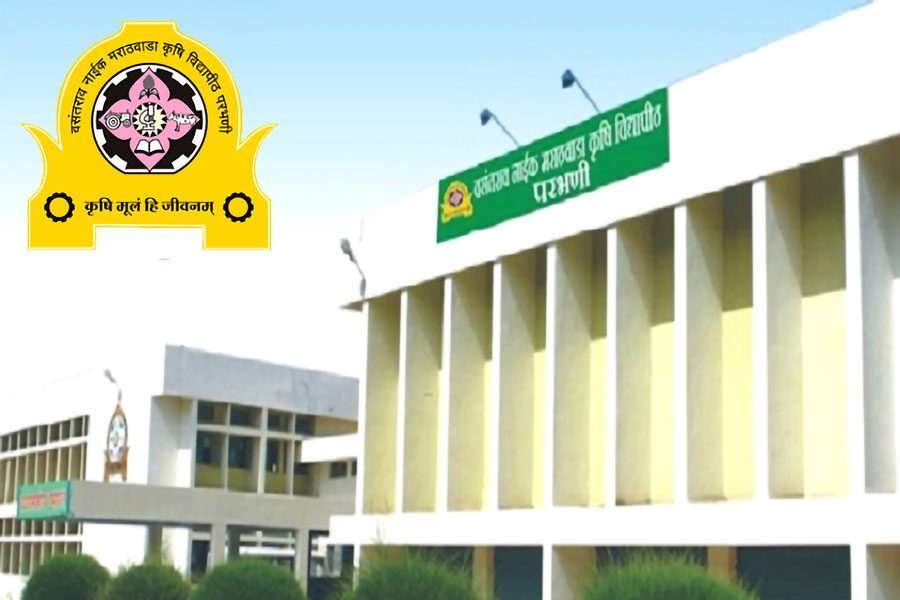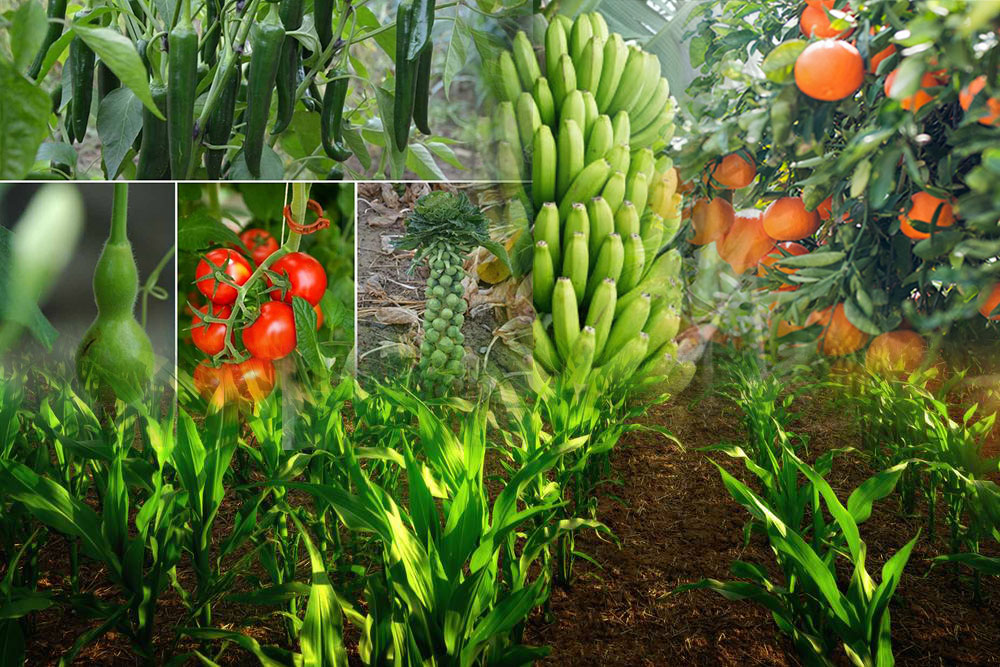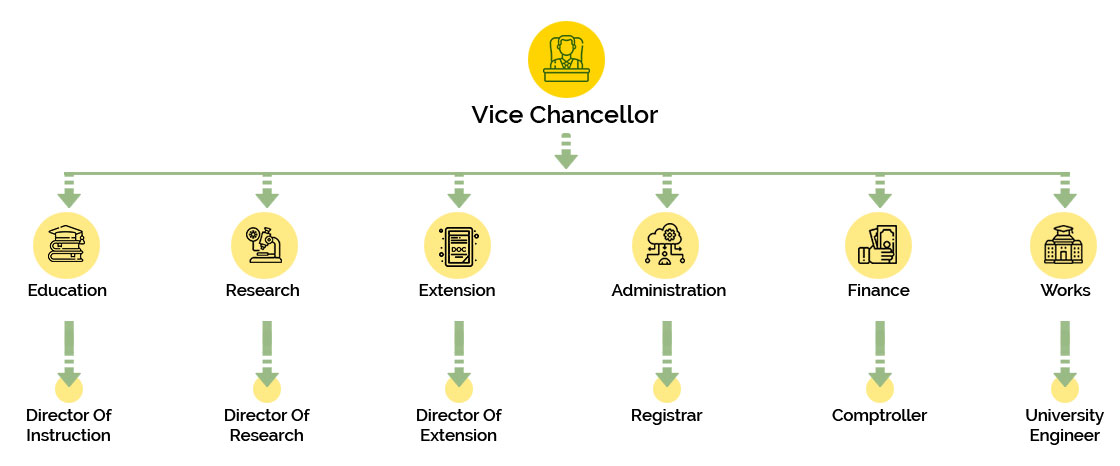History
VNMKV is one of four Agricultural Universities in the State of Maharashtra. Prior to original Maharashtra Agricultural University,
it was established on May 18, 1972 to fulfil the regional aspirations of agrarian growth. It is entrusted with the responsibilities to pro- vide education
in agriculture and allied fields, undertake research and facilitate technology transfer in Marathwada region of Maharashtra. The first college of Agriculture
was established in this region at Parbhani in 1956 by Hyderabad State Govern- ment just before State reorganization. During Nizam's rule, however, agricultural
education was available only at Hyd- erabad but crop research centres viz., sorghum, cotton, fruits existed in the region. The foundation of research was laid by
the erstwhile Nizam State with commencement of the Main Experimental Farm at Parbhani in 1918. The famous 'Gaorani' desi cotton is the result of the research on cotton
and local sorghum cultivars were improved by selection by the then Economic Botanist. Since then Parbhani remain the hub of educational, research and extension activ- ities in Marathwada.
Mandate
Provide education in agriculture, allied sciences and humanities.
Provide research base to improve the productivity of important agri-horticulture, livestock, fisheries and agri-allied activities of Marathwada region.
To develop appropriate plans for conservation of natural resources and sustainable use.
To undertake and guide extension education programmes, first line transfer of technology, extend services of training, conduct demonstrations and develop appropriate communication network.
Standardize technologies for crop production, protection, harvesting, marketing, post-harvest utilization as also for livestock, fisheries and allied agro-communities for improving the living status of farmers, farm workers and Women of Marathwada.
Provide the necessary production support of nucleus, breeders and foundation seed of important crops of the region and also generate revenue through large farms for sustainable growth of the University.


















